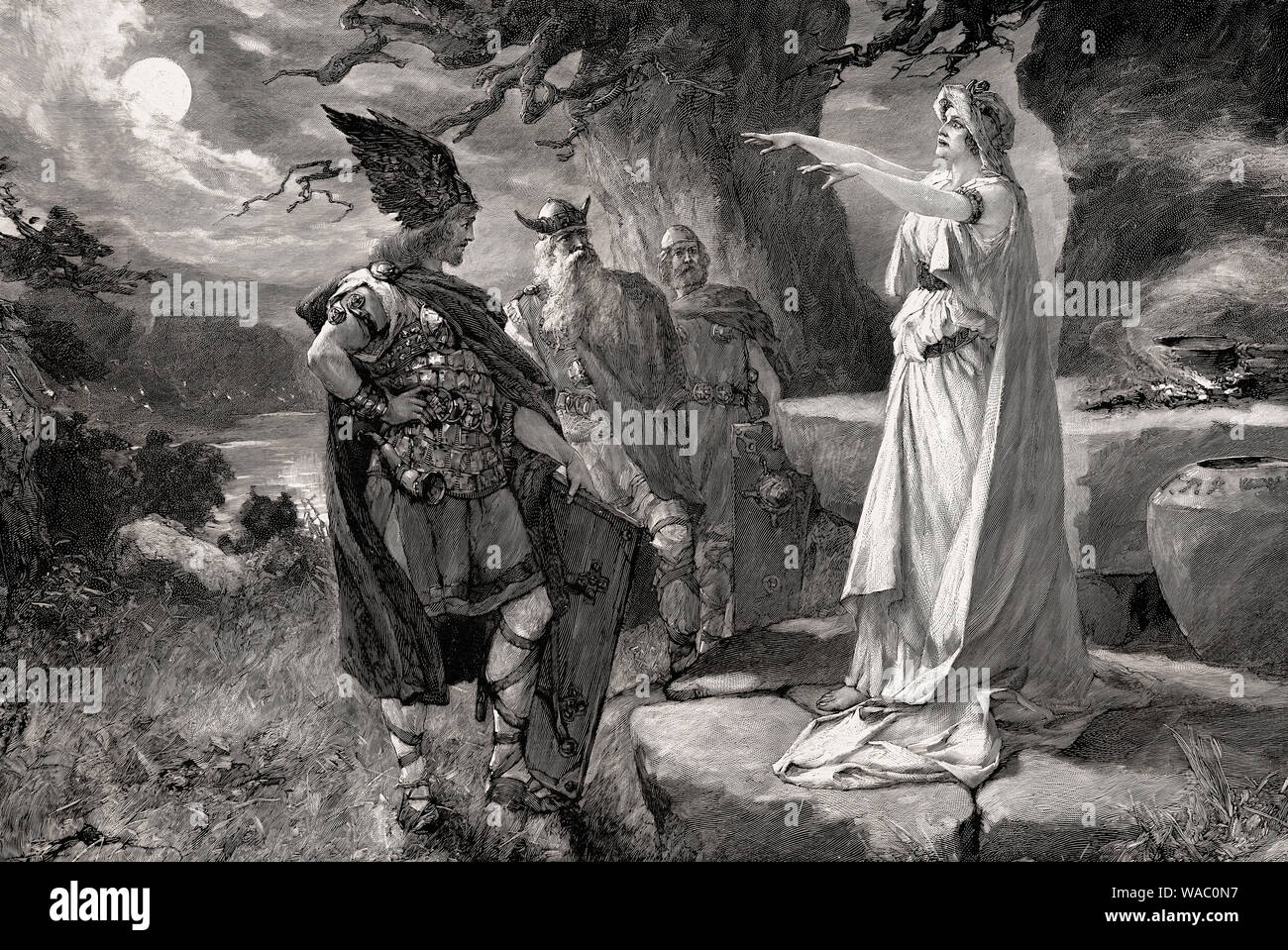

4Ĭhapter 2 (Roms Vordringen bis zur Elbe) surveys the elder Drusus’s campaign across the Rhine (12-9 BCE) and Tiberius’s continuation of it following the death of Drusus.

In addition to this useful survey one might add, particularly for the benefit of the interested Anglophone reader, Rives’ introduction to his commentary on Tacitus’s Germania, and Bleckmann’s recent book, also published by C.

Wolters rightly notes that the ‘tribal world’ (Stammeswelt) was inherently unstable, and as such the Germani should not be interpreted as an ethnically or culturally homogenous group. 3 1.2 (Die Germanen) switches the focus to the Germani, a term that is first attested-in Greek-only in a well known 1st century BCE fragment of Posidonius ( FGrHist 87 F 22). Wolters foreshadows his discussion of Arminius with a brief survey of the clades Lolliana (17-16 BCE). This includes a general discussion of the Roman army, its reliance on the co-operation of local elites to maintain control in frontier contexts, and Caesar’s early use of Germans in his army. 1.1 (Römer am Rhein) surveys the historical background of the Roman presence on the Rhine frontier from Caesar until the start of Drusus’s campaign across the river in 12 BCE. The organization of the first six chapters is chronological and each chapter is helpfully subdivided under more specific headings.Īn introduction (9-18) highlights the need to reassess the battle of the Teutoburg forest in light of recent discoveries at Kalkriese and the upcoming bimillennial celebration this summer (2009) of Arminius’s defeat of Varus at the saltus Teutoburgiensis.Ĭhapter 1 (Der Barbar als Nachbar) is divided into two sections. The first six chapters particularly provide a good general introduction to the subject. 2 His German style is straightforward and reflects the language’s engagement with vocabulary from other languages, especially English. This is particularly the case with maps one hopes that in a future reprint some of these will be enlarged. Of the work’s 29 illustrations, several suffer from a reduced size. The tone of the book suggests that it is intended for a more general audience Wolters limits his citations and arranges them as endnotes, which, combined with bibliography, bring the work to a total of 255 pages. Ancient and modern perspectives on Arminius, Varus and the Germans in general, and Kalkriese’s claim to be the site of this event in particular, are the subjects of Wolters’s work, first published in 2008 and recently reissued (2009) just in time for the Teutoburg Forest festivities. 1 It is not surprising that this event’s bimillennial, coupled with the ongoing research at Kalkriese, would inspire the publication of new research on this subject. The Kalkriese museum near Osnabrück, Germany, was recently a prominent site of the 2000th anniversary festivities commemorating the Varusschlacht-Arminius’s impressive defeat of three Roman legions (the 17th, 18th and 19th).


 0 kommentar(er)
0 kommentar(er)
